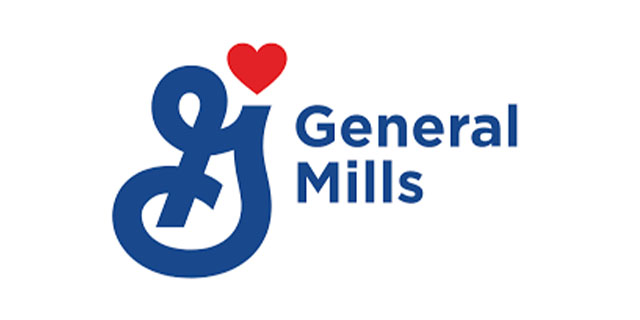Prefer Talking with Our Robot or a Human Being?
May 01, 2023 | Article
American Customer Satisfaction has sharply declined since 2018, reaching a 17-year low in mid-2022. Our Q1 2023 Multicultural Consumer Survey of 2,000 US respondents finds that automated systems are people’s biggest customer service frustration. Contacting customer service is often customers’ last resort, so companies should make it easy to reach a service associate who is better able to provide a custom solution—and empathy—than a chatbot.
Insights for What’s Ahead
- Good customer service that resolves issues without hassle and offers human interaction if the customer desires can be a powerful brand differentiator, enhance a customer’s willingness to pay, and serve financial objectives.
- Digital customer service is a major pain point for consumers, which puts a premium on service employee orientation (especially given labor shortages and increased customer incivility) and on advanced AI technology that can handle more than standard inquiries.
- Giving customers a clear, easily accessible choice between a chatbot and a human being can keep customers happy.
- Customers’ advanced knowledge means that service associates need to be especially well trained and have some autonomy to resolve issues on the spot, potentially aided by an AI assistant that can supply relevant information during the conversation.
- To mitigate customers’ frustration with long wait times, more adequate staffing levels, operational transparency, and callbacks at a customer-specified time can help.
To get complimentary access to this publication click "Read more" to sign in or create an account.









